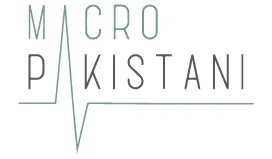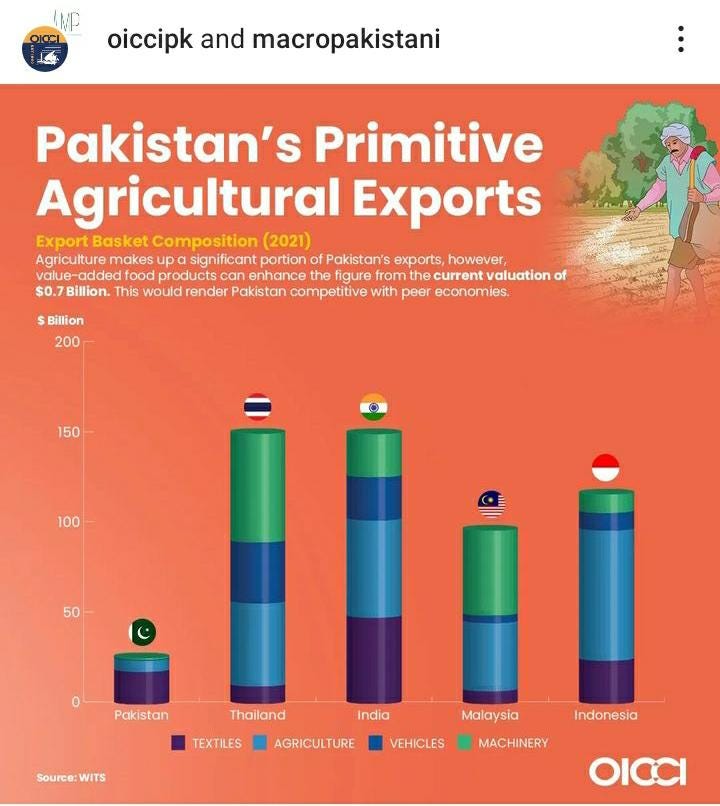Urban Mobility Challenges
On average a vehicle in Pakistan emits 25 times more carbon emissions per kilometre when compared to a vehicle in the US.

In 2023, a report by the Government of Punjab reported that the transport sector contributed 83% of the total emissions causing poor air quality. Out of this, a staggering 82% was attributed to motorcycles and scooters. Various stakeholders have come up with innovative solutions to curb air pollution, particularly in Lahore. These solutions range from banning two-wheelers to artificial rain. Yet the number of vehicles has grown by around 4 million in the past 10 years (2011-2021), even though the per capita transport-related emissions in the country have been estimated at 0.27 tons of CO2.
Can Pakistan still benefit from a transport policy?
Pakistan has one of the highest urbanization rates in the world, with rising populations in the metropolitan cities. Such mobility can enhance agglomeration and improve economic activity. Time and again the benefits from agglomeration have surpassed the potential costs arising from congestion. However, strong urban management and governance have been an important characteristic of such cities as London, Stockholm, and so on. Yet Pakistan is losing significant benefits despite its high urbanization due to poor city management.
Improving car mobility has been the sole objective of urban planning in Pakistan for a long time, whether it be the construction of avenues in Islamabad or underpasses in Lahore. This has led to increased congestion because of the growing demand for transportation, and the available public transportation options are not sufficient or reliable. In conclusion, Pakistan’s transport solution isn’t limited to a singular bicycle track or creating multi-storey parking plazas. Moreover, the risks associated with transportation projects in Lahore, including the Orange Line, encompass environmental, social, and governmental concerns. This indicates that it may not be the singular miraculous solution it is claimed to be. It is high time we take the issue seriously to preserve our environment, boost sustainable economic growth, and support cities as ‘engines of growth’.
GRAPHIC
The FMCG sector in Pakistan has seen notable growth, largely driven by the expanding middle class, which constitutes about 55% of the population.
This has led to increased consumption of packaged goods. The sales in this sector also impact various other industries like retail, e-commerce, packaging, advertising, media, sports, and entertainment.
Data Visualization & Marketing Partner: Brand Nib
Visit: https://macropakistani.com/advertise/
Grateful for the ever-growing list of collaborators!
About Us: Macro Pakistani is a data-driven research platform that aims to provide a basic understanding of Pakistan’s economy. If you have an interest in contemporary news but are currently overburdened with sensationalism and specialized vocabulary, we are the platform for you.
How are we doing? Please send us any questions, comments or suggestions by replying to this email.




